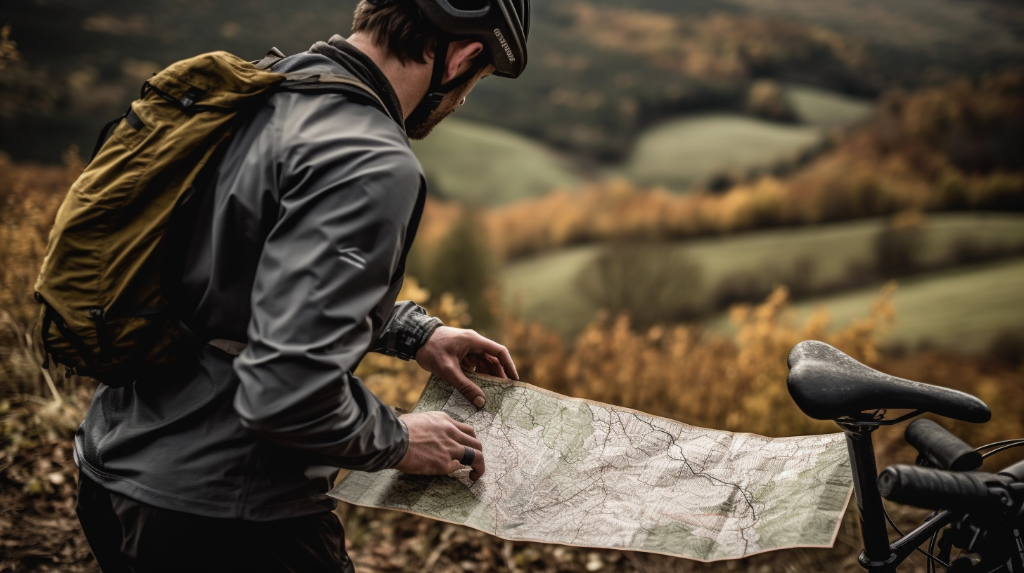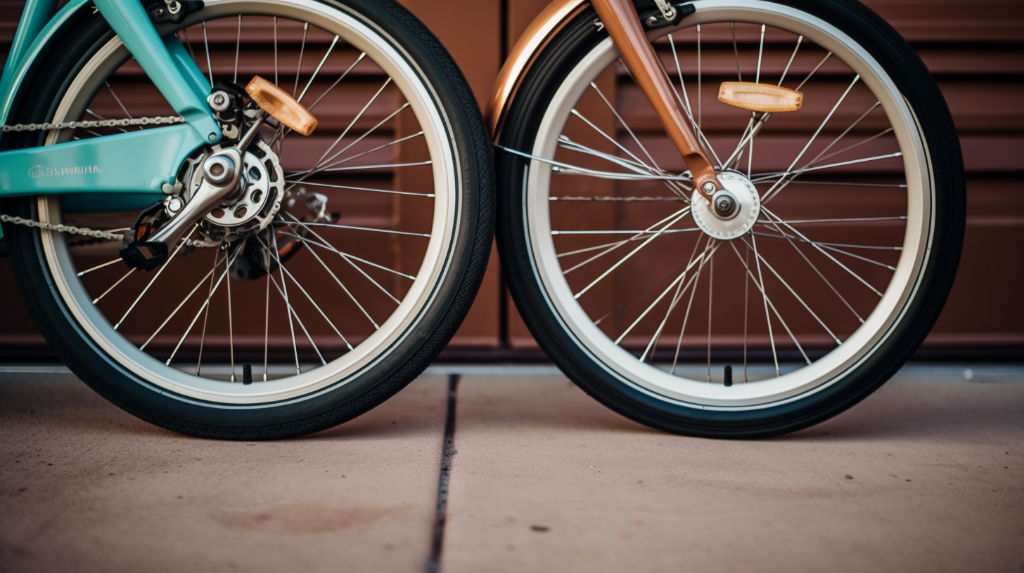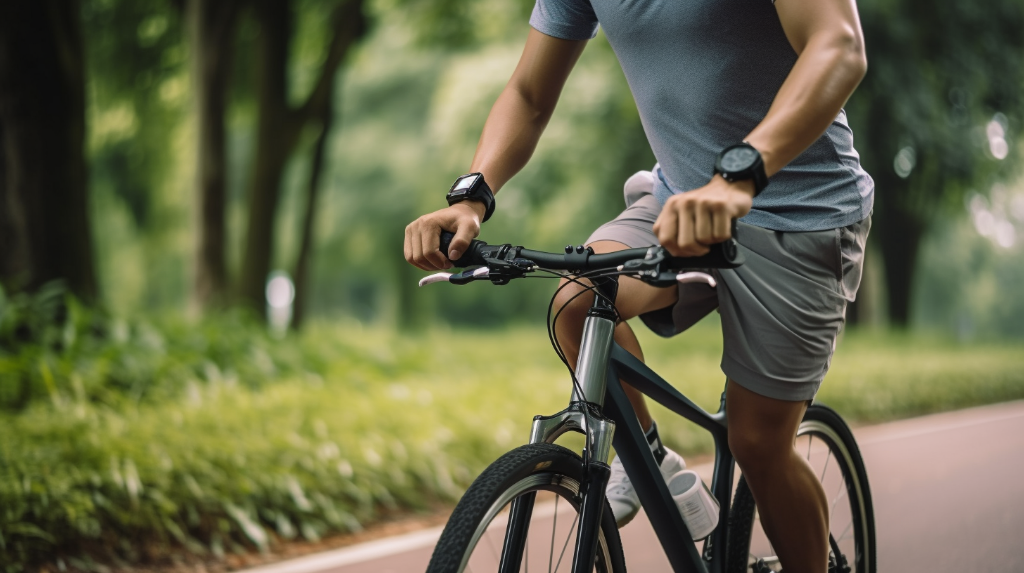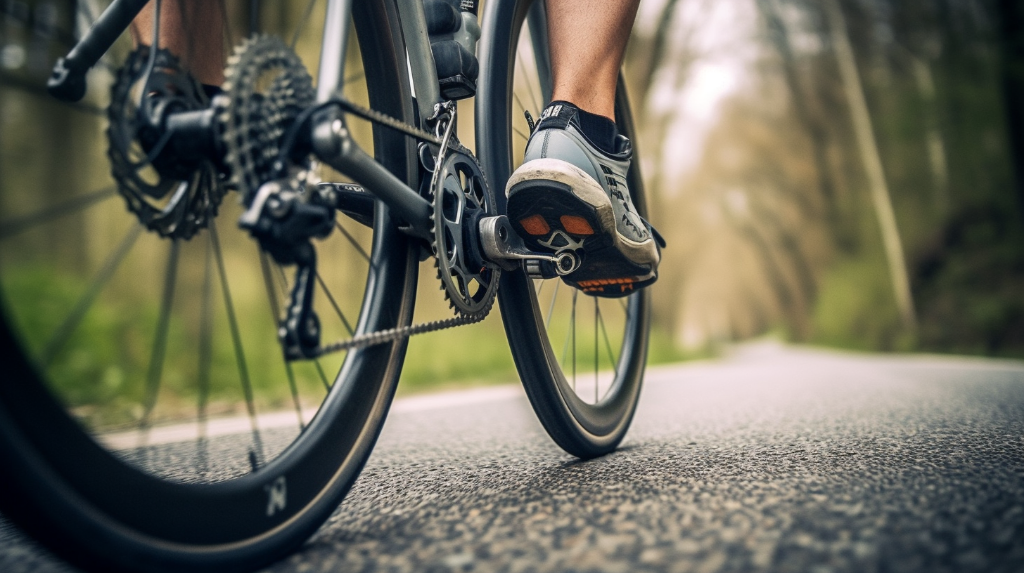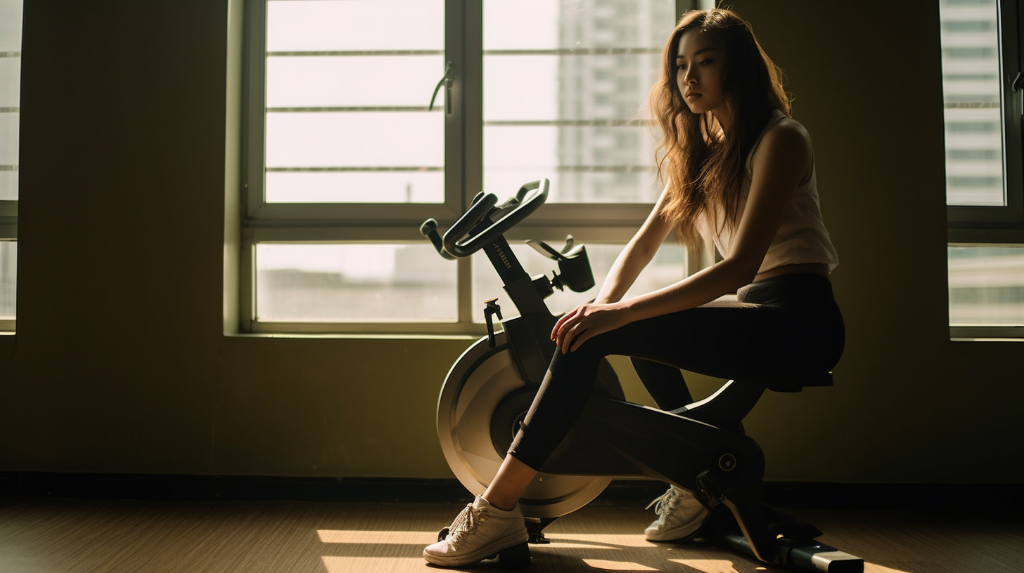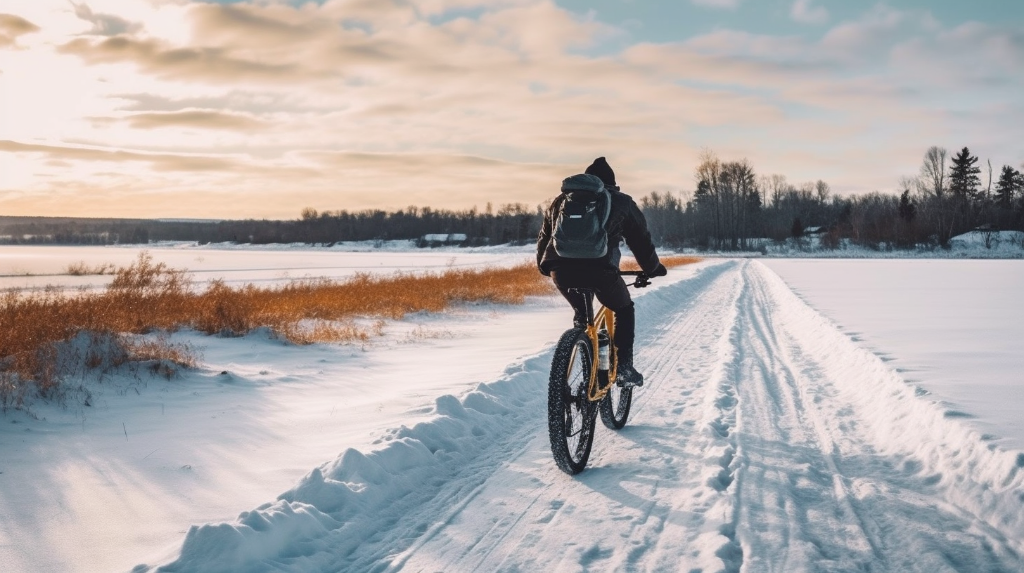Setting Cycling Goals
Whether you’re a beginner cyclist or an enthusiast, setting cycling goals can be a game-changer for your experience on two wheels. Setting goals isn’t just for professional athletes; it’s for anyone who wants to see improvement, track progress, and get more enjoyment out of their hobby. It’s about making your cycling journey more personal and purposeful.
Imagine being able to measure your progress, improve your skills, and enjoy your rides even more – all because you took the time to set some goals. Sounds pretty good, right? Let’s get into it.
Why Setting Goals is Important in Cycling
Now, you might be thinking, “Why should I bother setting goals for cycling? I’m not trying to compete in the Tour de France!” Well, setting goals in cycling, just like in any other area of life, brings a slew of benefits.
Firstly, goal setting is a fantastic way to track your progress. It gives you a clear idea of where you’re at and how far you’ve come. Secondly, it helps to keep you motivated. When you have a goal in mind, you’re more likely to push through those tough moments and keep pedaling. Lastly, setting goals can lead to significant improvements in your cycling skills and overall experience. You’re not just aimlessly riding around – you’re working towards something, and that’s powerful.
Different Types of Cycling Goals
So, what kind of cycling goals can you set? The beauty of it is that you can tailor your goals to suit your preferences, fitness level, and personal ambitions. Here are a few examples:
- Distance goals: This could be anything from cycling a certain number of miles in a week or month, or completing a long-distance ride or tour.
- Speed goals: Maybe you want to increase your average speed over a particular distance, or beat your personal best time on a favorite route.
- Frequency goals: This could involve committing to a certain number of rides per week, no matter the distance or speed.
- Event participation goals: Perhaps you have your sights set on completing a charity ride, gran fondo, or even a race.
Each type of goal carries its benefits, from improving endurance and speed to building consistency and taking part in community events. The key is to choose goals that inspire and motivate you, and most importantly, make cycling more enjoyable for you.
How to Set Effective Cycling Goals
Setting goals is a crucial part of any endeavor, cycling included. But how can one set goals that are not only challenging but also achievable and relevant? The answer lies in the SMART goal-setting method. SMART stands for Specific, Measurable, Achievable, Relevant, and Time-bound. These five elements can serve as a roadmap to successful goal setting in cycling.
Specific Goals in Cycling
Specificity is key when setting goals. Instead of saying “I want to cycle more,” try something like “I want to cycle 30 miles every week.” This gives you a clear, precise target to aim for. The more specific your goal, the easier it is to plan for and achieve. So, what are your specific cycling goals? Let’s make them clear and detailed, shall we?
Measurable Goals in Cycling
Goals should also be measurable. This means that you should be able to track and quantify your progress towards achieving them. For example, if your goal is to cycle 30 miles every week, you can easily measure your progress by keeping track of the miles you cycle each day. This allows you to see how close you are to achieving your goal, which can be a great motivator. So, think about it, wouldn’t it be satisfying to watch your progress unfold?
Achievable Goals in Cycling
Achievable goals are realistic and within your abilities. They should be challenging enough to motivate and push you, but not so difficult that they discourage you. If you’re a beginner, setting a goal to cycle a 100-mile race within a month might not be achievable. Instead, you could start with a smaller, more achievable goal, like cycling 10 miles without stopping. Remember, the aim is to set goals that stretch your abilities but are still within your reach. So, are you ready to challenge yourself?
Overcoming Obstacles in Achieving Cycling Goals
Every journey has its hurdles, and the road to achieving your cycling goals is no exception. You might encounter physical challenges such as fatigue, or mental ones like lack of motivation. The key to overcoming these obstacles is to anticipate them and have a plan in place to deal with them. This could involve mixing up your training routine to keep it interesting, or finding a cycling buddy to keep you motivated. Remember, every challenge is an opportunity for growth. So, what challenges will you overcome on your cycling journey?
Tracking Your Cycling Progress
Ever wondered why tracking your progress is crucial in achieving your cycling goals? Well, monitoring your progress is like having a map that guides you towards your goal. It helps you stay on track, see how far you’ve come, and identify areas for improvement. It also provides a sense of accomplishment and motivation as you see yourself moving closer to your goal.
There are various tools and methods cyclists can use to track their progress, such as cycling apps, physical logs, or fitness trackers. These tools can help you record your cycling stats, analyze your performance, and even provide personalized training plans based on your progress.
But with so many options available, how do you choose the right tool for you? Here’s a table to help you compare different cycling apps and fitness trackers.
| Tool | Key Features | Benefits | Price |
|---|---|---|---|
| Strava | GPS tracking, performance analysis, social networking | Accurate tracking, detailed analysis, motivation from social features | Free, premium version available |
| Garmin Connect | GPS tracking, heart rate monitoring, sleep tracking | Comprehensive tracking, health monitoring, syncs with Garmin devices | Free, requires Garmin device |
| Fitbit | Step counting, sleep tracking, heart rate monitoring | All-round fitness tracking, easy to use, syncs with Fitbit devices | Free, requires Fitbit device |
Celebrating Your Cycling Achievements
Have you ever thought about how rewarding it feels when you celebrate your achievements? It’s like giving yourself a pat on the back for a job well done. Celebrating your cycling achievements, no matter how small, is a crucial part of fostering motivation and enthusiasm towards cycling. It recognizes your hard work, boosts your confidence, and motivates you to strive for more.
There are countless ways to celebrate your successes. You might treat yourself to a new cycling gear, share your achievement with friends and family, or even take a well-deserved rest day. Remember, every achievement is worth celebrating, so don’t be shy to give yourself some credit!
Adapting Your Cycling Goals
Have you ever stopped to consider the dynamic nature of your cycling goals? Life happens, and our goals need to be flexible enough to accommodate these changes. Whether you’ve just achieved a milestone, encountered an unforeseen setback, or experienced a shift in your personal circumstances, it’s essential to reassess and adjust your goals accordingly.
Perhaps you’ve just completed your first 50-mile ride, or maybe you’ve had to take some time off due to an injury. In either case, it’s an excellent opportunity to reflect on your goals. Are they still relevant and challenging? Do they still align with your current circumstances and aspirations? If not, don’t be afraid to make the necessary adjustments. Remember, the ultimate goal is to keep you engaged and motivated in your cycling journey.
Maintaining Cycling Motivation
It’s one thing to set a goal; it’s another to maintain the motivation required to achieve it. Cycling, like any other pursuit, can sometimes feel like a grind, especially when we hit inevitable roadblocks. So, how can we keep our spirits high and the wheels turning?
Here are a few tips:
- Find a cycling group: There’s strength in numbers. Joining a cycling group not only provides a sense of community but also offers a platform for shared experiences, encouragement, and healthy competition.
- Participate in races: Races are not just for competitive cyclists. They can be a fun and exciting way to test your skills, track your progress, and meet other cycling enthusiasts.
- Incorporate variety into your routines: Break the monotony by exploring new routes, incorporating different cycling styles, or even trying out other complementary activities like yoga or strength training.
Looking to the Future: Long-term Cycling Goals
While short-term goals provide immediate targets and keep our motivation high, long-term goals give us a broader perspective and a bigger picture to work towards. They represent our ultimate aspirations as cyclists, whether it’s completing a cross-country trip, participating in a 100-mile race, or making cycling a lifelong habit.
Here are some long-term cycling goals you may want to consider:
- Complete a century ride (100 miles)
- Participate in a multi-day cycling event
- Commute to work by bike at least once a week
- Plan and execute a bike touring vacation
- Make cycling a regular part of your fitness routine
Remember, these are just ideas. Your long-term goals should reflect your own personal passions and aspirations in cycling. So, what’s your cycling dream?
